Intensive Inbreeding “A Practical Discussion” Part 1 by Domanski Family Loft
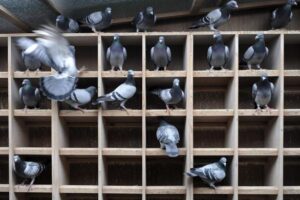 The reason that my strategies involve working with the descendents to start the inbreeding program starts with the two foundation birds and not the ancestors is because most people do not have all the ancestors. We are living in an age when so many birds are purchased from pigeon brokers for a great deal of money. Often, birds in the pedigrees are not flown, they are “bred for stock”. In other words, they may be physically appealing, but they were not tested by the basket or the races. They were kept and maintained to produce offspring for sale. We do not want “bred for stock” in our program. We want tested pigeons. The only place you are going to find tested pigeons, in the conditions you are competing, is in your own race loft.
The reason that my strategies involve working with the descendents to start the inbreeding program starts with the two foundation birds and not the ancestors is because most people do not have all the ancestors. We are living in an age when so many birds are purchased from pigeon brokers for a great deal of money. Often, birds in the pedigrees are not flown, they are “bred for stock”. In other words, they may be physically appealing, but they were not tested by the basket or the races. They were kept and maintained to produce offspring for sale. We do not want “bred for stock” in our program. We want tested pigeons. The only place you are going to find tested pigeons, in the conditions you are competing, is in your own race loft.
If you have the ancestors of your sport, and they have been tested, you are a step ahead on the theory. Consider that your sport is 50% of his sire and 50% of his dam. Somewhere in that mix, he received the right combination to become a sport. In that mathematical equation, that scientific dance of the chromosomes, he got “the right” combination. In theory, his siblings can be very much genetically the same as he, or genetically, almost unrelated. Let’s assume that a sibling is also 50% of the sire and 50% of the dam, but they were the opposite 50%. Genetically, they would be very much different than our sport. This is why once we have a sport; we want to start our breeding program descending downwards, instead of fighting upwards.
If you mate your sport to his daughter, she is 50% of him. Their offspring will be receiving 25% of him from the daughter, 50% of him from the sport and 25% of the genetic material from the daughter’s dam. That’s a 75% to 25% ratio. You can not be guaranteed to get that much concentration even when you start to mate back up the pedigree from your sport. Granted your chances are greater than mating to unrelated pigeons, but why bother going up when you can go downwards and control what you are producing?
We accepted the truth that our sport and all birds have manifested physical traits (genetic material) that we can see and feel. They have manifested traits (genetic material) that can be tested by the basket and the races. They have traits that were not physically manifested that can not be seen nor can be tested, but surely, can be passed to the offspring.
This is our task then towards producing our sport. We have to use the tools of inbreeding to sift out, those undesirable traits when they are manifested. We want to concentrate the genetic material that produced our original sport. We want to create offspring that are as close as possible to our original sport. If this is what you want to do, then follow the intensive breeding program.
When our brother fanciers in the colored fancy pigeons want to know what genetics are behind a pigeon, they inbreed downwards and isolate the various genetic alleles. They let them reveal themselves and then they know what combination of genetics is responsible. They also know what genetic traits were possessed but where recessive and not expressed. This is EXACTLY what we are trying to do with racing pigeons. We are trying to reproduce the expressed genetics of our original sport. We though are handicapped because of all the genetic traits that we can not see or feel.
That is why the intensive inbreeding program was written this way. To save you time mating back up into the pedigree. To go “intense” and quickly shake out the genetic material that is undesirable. It is designed to quickly isolate, and “double up” or create homozygous material that is desirable. It is designed so that the results of your hard work can be reproduced. You must accept that there is no magic pill or magic formula. You must accept that you will produce inferior birds. Early, the ratio of desirable birds may become as great as 1:10 or even greater. You must accept that some lines will dead end, and you must go back and breed downward again. Trudge onward with faith in the theory and it will pay off.
Intensive Inbreeding “A Practical Discussion” Part 1 by Domanski Family Loft

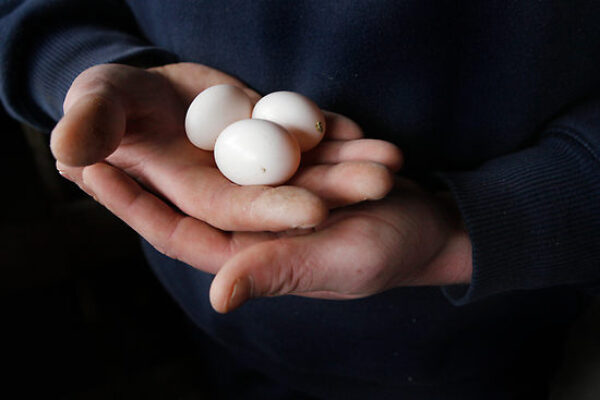
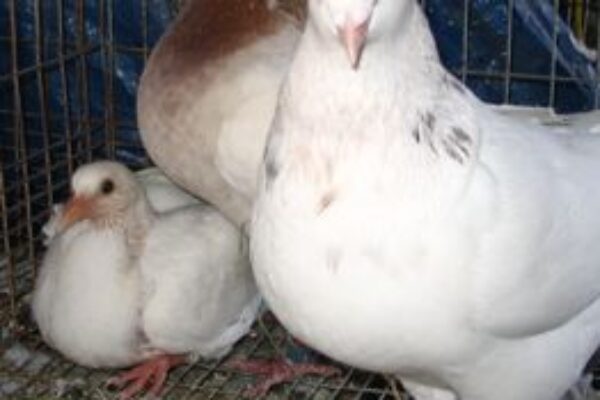
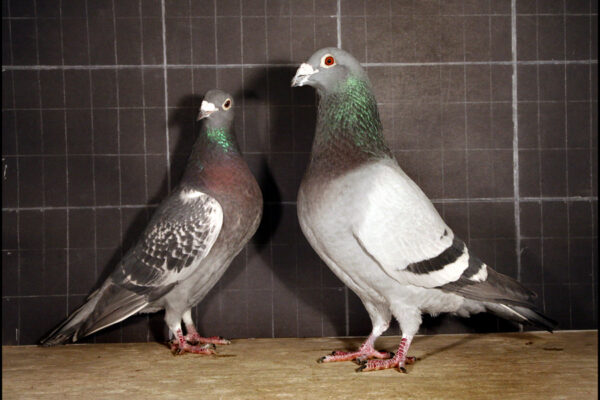
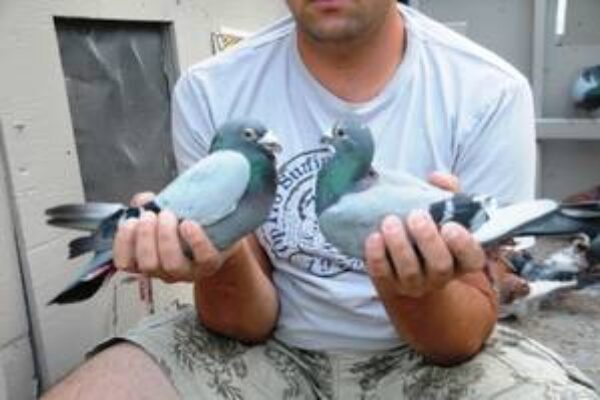
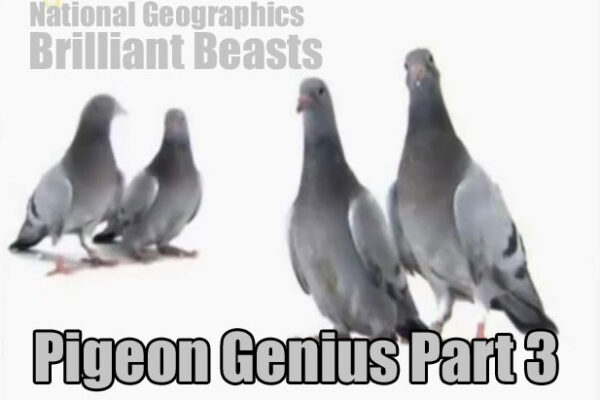


Very interesting article. Although I never tried close in-breeding, some of my friends tried it and I noticed that the cocks started to look like hens- they are small,almost looking like a common street pigeon.
Best advice I ever found came from the Ad Schaerlaeckens site – see articles AS then English – start at the earliest article at the bottom and work your way up . By the time you are finished you will have tons of useful, logical information that the real champs are doing— Stuff I have found to be accurate !
you cant base breeding on percentages nature has her own way best to pair up best to best and don’t inbreed I have tried it for years and it never worked for me the more they were inbred the worse they flew, try the schaerlaeckens way he is at the top already
Hi Chris, good article, most of my good breeders have been bred that way. parent to child, full brother to sister, then cross inbred young from last mating to another family that that was bred the same for racers.
Thank you for sharing this along with your ideas and thoughts. What would be good to know, is how this methodolgy you laid out, might compare to other sytems or methods in terms of producing winning results ? There are numerious varations, some maybe only very slightly different…all might get one to the same place….but maybe in some cases, one requires dozens of additional generations, and it recently occured to me that I don’t have an unlimited number of generations to work with, and don’t want to waste a decade or two reinventing the wheel. I appreciate the input you have provided and have shared.
Hi Chris i enjoyed this article it makes a lot of sense Brad.